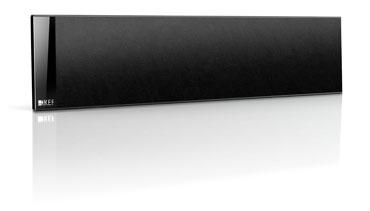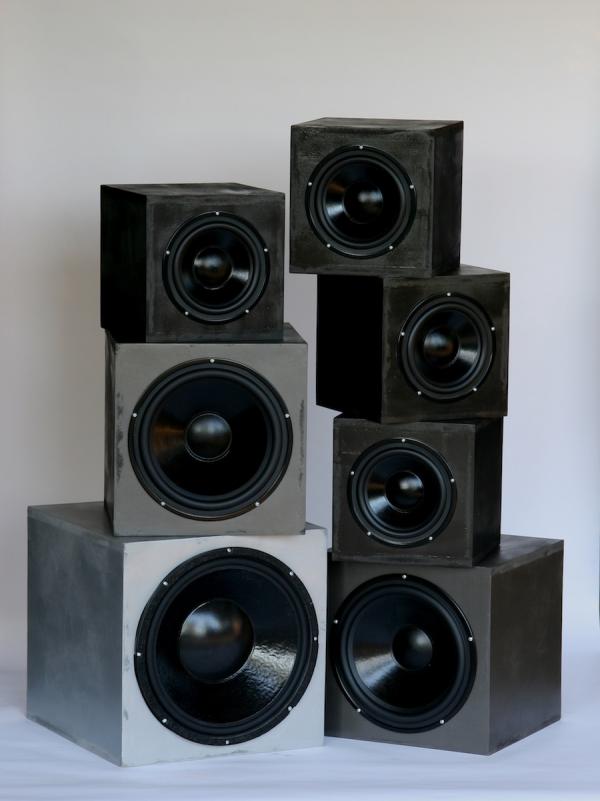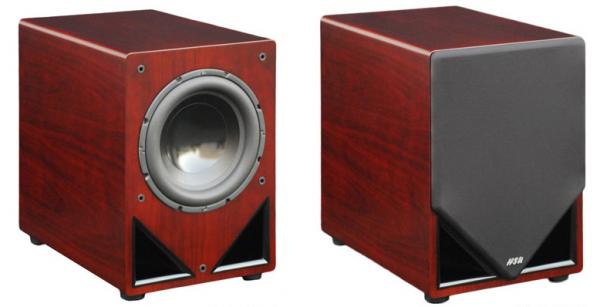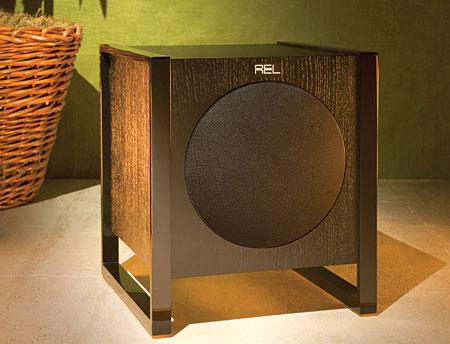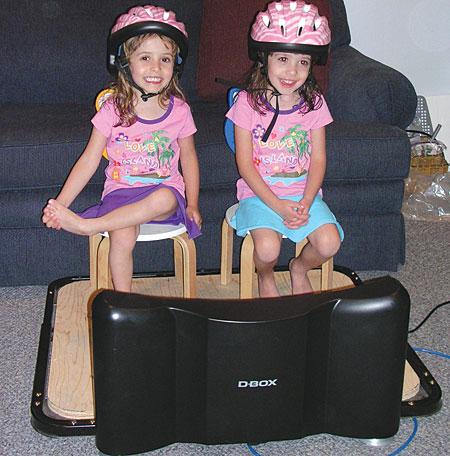Subwoofer Reviews
Sort By: Post Date TitlePublish Date
|
Oct 16, 2011
|
Sep 20, 2011
|
Sep 12, 2011
|
Feb 19, 2008 |
First Published: Feb 20, 2008
|
Feb 19, 2008 |
First Published: Jan 20, 2008
|
Nov 15, 2007 |
First Published: Oct 15, 2007

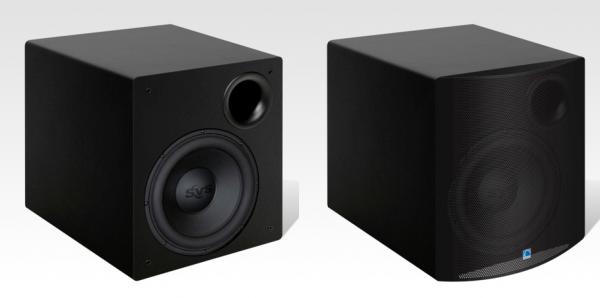
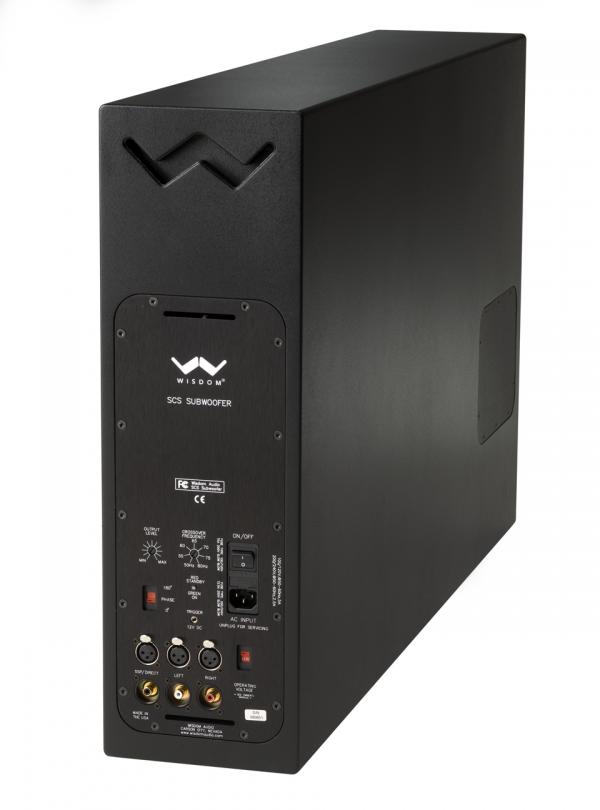
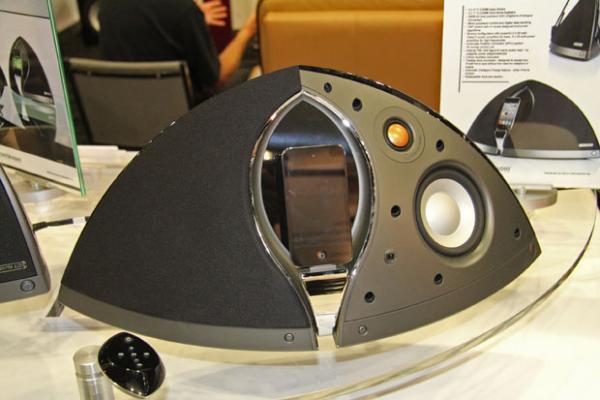
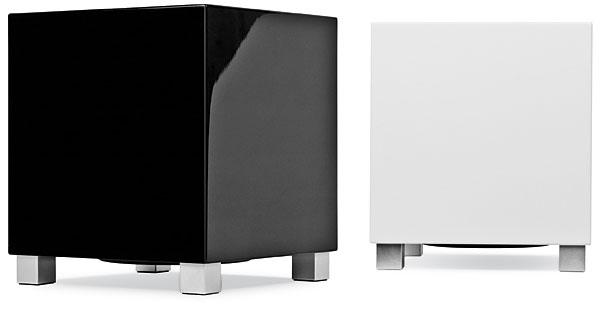
 Price: $599 At A Glance: Compact cube houses 8-inch long-throw woofer • 125-watt class A/B amplifier • Simultaneous high-level and LFE inputs with independent level controls
Price: $599 At A Glance: Compact cube houses 8-inch long-throw woofer • 125-watt class A/B amplifier • Simultaneous high-level and LFE inputs with independent level controls
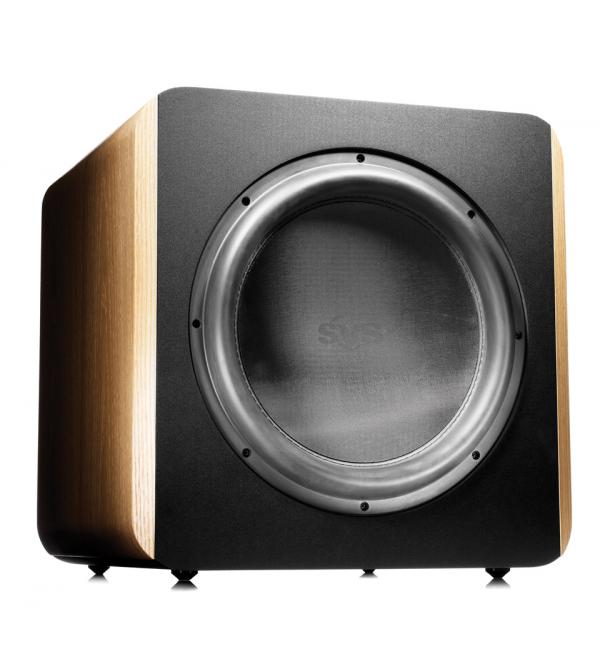
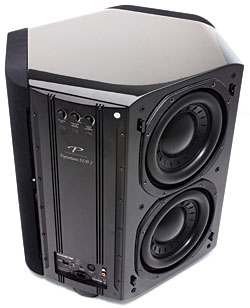 So, I’m wheeling this ginormous 230-pound Paradigm subwoofer down and around the side of my house, to the double-door, daylight basement that serves as my home theater room. Being impatient, I’m doing this by myself and hoping like hell I don’t tip the thing over and watch it roll end over end down the slope in my backyard. About this time, it occurs to me to wonder, “Why am I even reviewing something this big?” The answer that came to mind is probably the same reason people will buy this $9,000 powder keg of bass. Because I can.
So, I’m wheeling this ginormous 230-pound Paradigm subwoofer down and around the side of my house, to the double-door, daylight basement that serves as my home theater room. Being impatient, I’m doing this by myself and hoping like hell I don’t tip the thing over and watch it roll end over end down the slope in my backyard. About this time, it occurs to me to wonder, “Why am I even reviewing something this big?” The answer that came to mind is probably the same reason people will buy this $9,000 powder keg of bass. Because I can.
